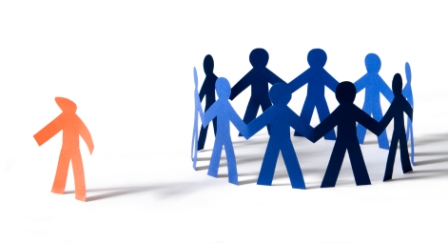
How can AI help reduce bullying at school?
We all have heard (or might have experienced) bullying at school. But how rampant is it? Looking at statistics, more than 20% (one in five) children have encountered bullying at some point in their school lives. Japan, in particular, has had various and sometimes quite extreme cases of school bullying. Japan is famous for its technological advancements and innovative uses of technology. The city of Otsu was in news recently for trying to use AI to help reduce bullying in schools. This raises many questions, let us have a look at the whole scenario.
Bullying at schools
It can affect the overall performance of children at school. In addition, it can also lead to depression, anxiety issues and so on. On the other hand, there associated issues with the bully too. It can take many forms. These range from physical, social, or even cyber-bullying. It is characterized by ‘aggressive behavior that happens repeatedly over time. This can be, for example, assault, theft, harassment, intimidation, name-calling, threats, abusive messages or phone calls, etc. Naturally, it leads to unhealthy circumstances which can make life at school difficult.
As a consequence, children might resort to resolve it by attempts such as
- Avoiding school, or taking a break from school to avoid bullying
- Moving schools
- Avoiding teachers or their classes when the teachers are the one’s bullying
- and so on…
Pop media, news and sociological studies about Japan sometimes highlight this phenomenon in particular.
Bullying in Japan
Bullying is a major problem in Japan. Japan is a very homogenous society where an average person does not expect differences of opinion. Even if such differences exist, the person would not express them. However, with school children, this often takes the form of bullying. Sometimes children quit school or even commit suicide.
How can AI help reduce bullying?
The Otsu Education Board is also interested in artificial intelligence to predict potentially deadly cases of intimidation. In one trial, they analyzed 9,000 bullying cases submitted by schools using AI for severe warning signs. Artificial Intelligence has the ability to rapidly process huge amounts of data. This can help predict potentially serious incidents of intimidation allow for a quick response. Artificial intelligence is also useful to reduce the workload of teachers. So there is no need to rely solely on teachers and their experience to combat bullying.
It will examine the level and gender of the victims and alleged perpetrators when the incident occurred.
The AI analysis will also examine other factors, such as absenteeism and academic achievement, and the results will be collected in a report for teachers and at training seminars.
The main pillars of the existing anti-harassment law are the strengthening of information sharing between teachers and the recognition of a lack of support and student anomalies. The clause states that if a model appears, teachers must immediately open an investigation and clarify all the facts.
